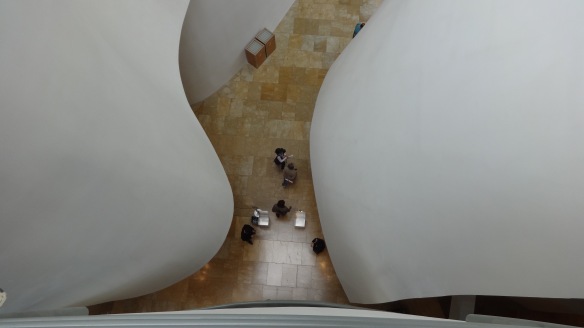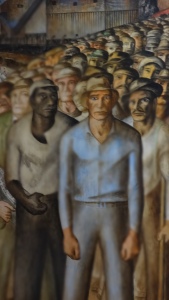An exhibit at the de Young museum in Golden Gate Park, a building of fantastic design in my view by Herzog and de Meuron, the Swiss architects who did the Olympic arena in Beijing several years ago and many other astounding works, portrays the career of Patrick Kelly, a gay, Mississippi-born African-American of extraordinary talent who took Paris by storm until AIDS took him away at far too young an age.
Unlike the leaders of the fashion world who created out-of-this-world designs that sprang from their inexhaustible imaginations, Kelly, a bit like de Laurent and Gauthier, took familiar objects and fashions from dice or buttons to bolts of fabric or flags, and wove them into works that were distinctly his own. He invited us to see how simple things could be elevated to high fashion by the work of creative repurposing, and, along the way, subvert the often racist intent of many familiar icons from images of Aunt Jamima to the golliwog and even “Darkie” toothpaste. He did not try to escape his roots but to transform them, deploying a camp aesthetic to political ends but doing so with a whimsical, joyful zest that was rare in the refined world of high fashion. His work stands apart and always will.




























